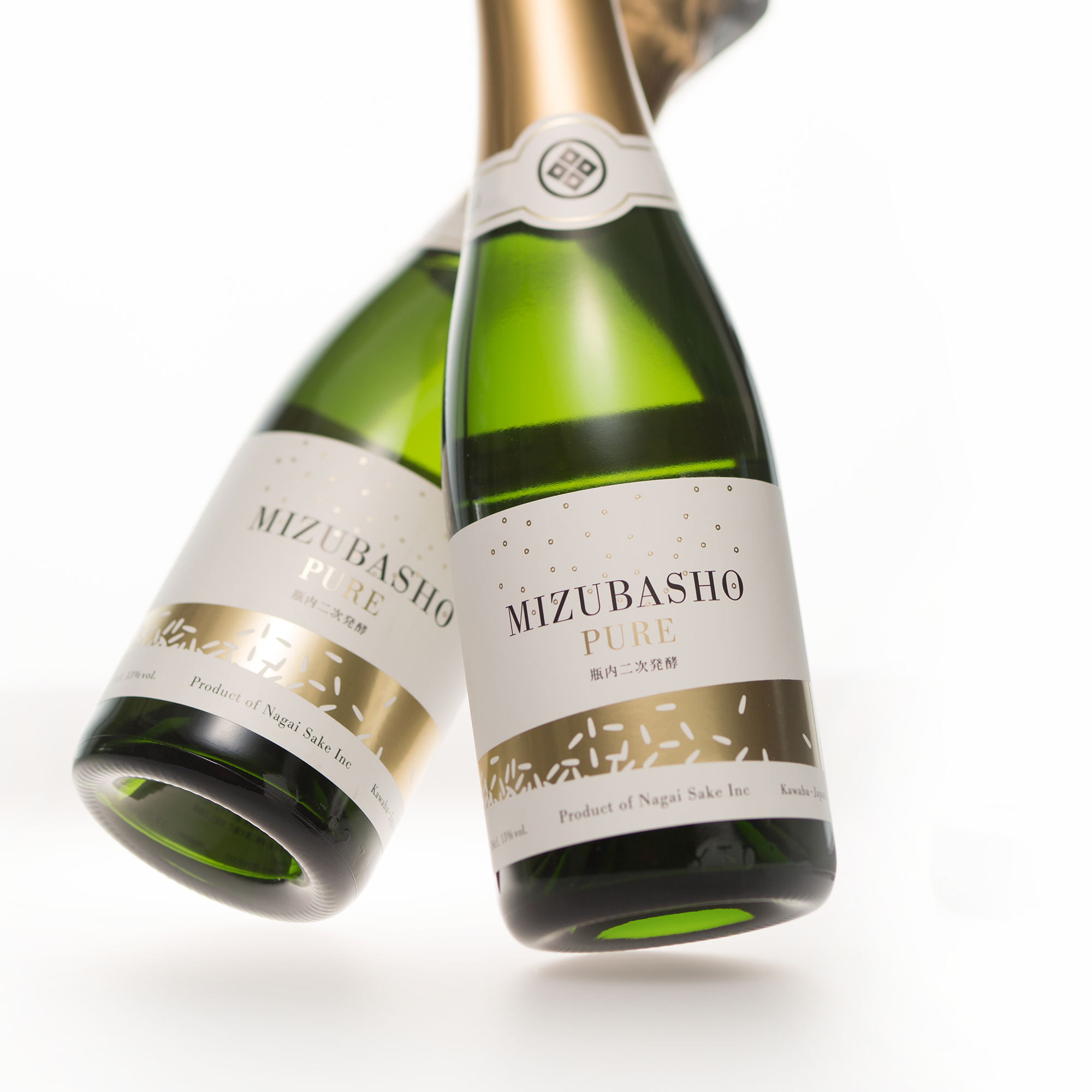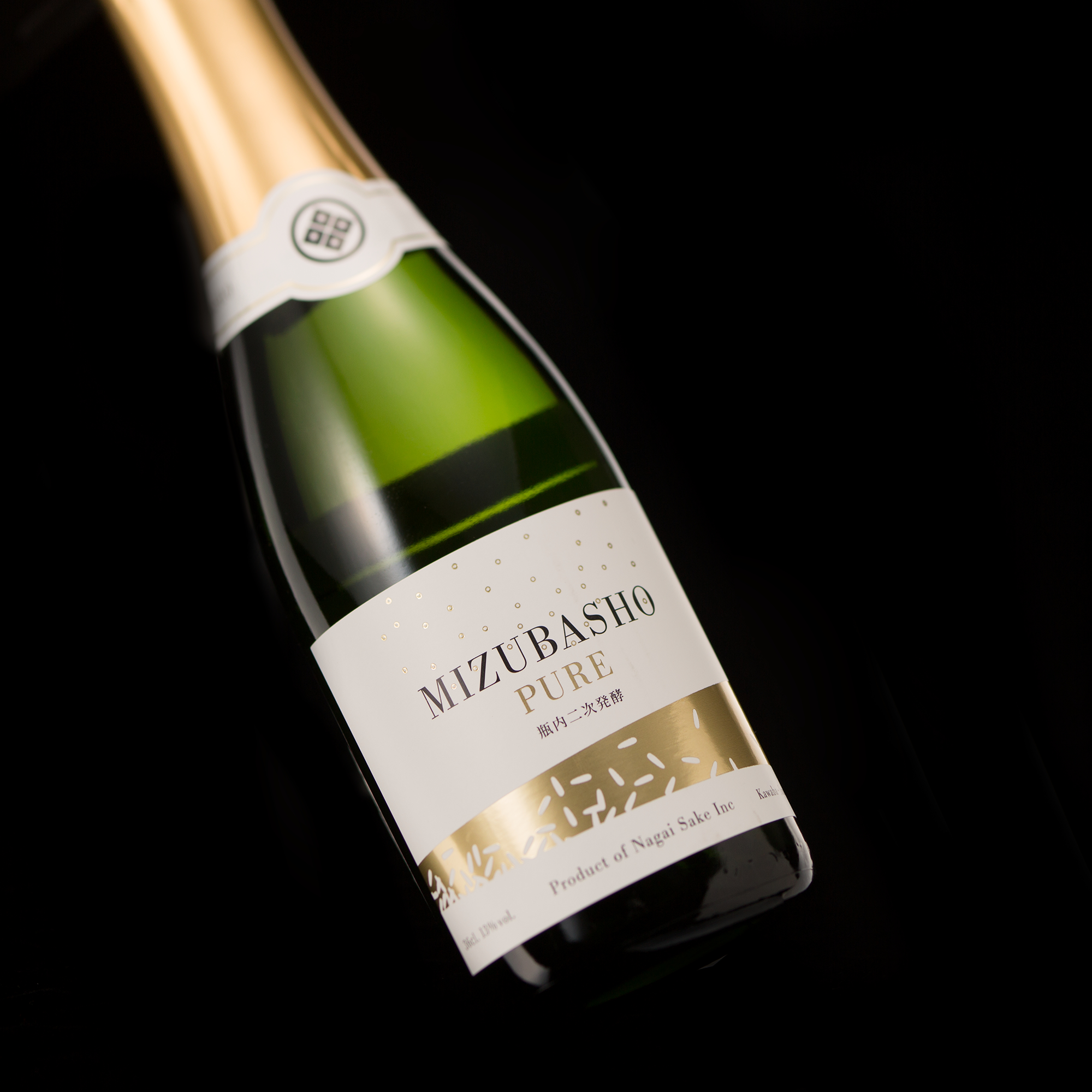-
 >
>
- Product list >
- MIZUBASHO PURE Sparkling (360ml)
MIZUBASHO PURE Sparkling (360ml)
詳しく見る
- *All prices shown are the product prices from the Japanpage:.
- *Product price can be shown in multiple currencies as reference values.
- *Payment should be made in Japanese yen.
- *After filling in delivery address, grand total (product price + shipping cost (packing + shipping + insurance) +tariffs & taxes) will be shown on the shipping cart page.
- *All prices shown are the product prices from the Japanpage:.
- *Product price can be shown in multiple currencies as reference values.
- *Payment should be made in Japanese yen.
- *After filling in delivery address, grand total (product price + shipping cost (packing + shipping + insurance) +tariffs & taxes) will be shown on the shipping cart page.
Awards
Kura Master 2020 Sparkling Sake Category Judge’s Award
The Fine Sake Awards Japan2019 Sparkling SAKE Division Gold
International Wine Challenge (IWC)2018 Sparkling Division Bronze
International Wine Challenge (IWC)2016 Sparkling Division Bronze
"MIZUBASHO PURE Sparkling" is authentic Sparkling sake made with the traditional secondary fermentation sake brewing method and using "Yamada Nishiki", the king of sake rice varieties. As this sake is bottled with cloudiness from the fermentation process remaining, the brewer carefully watches the progress of fermentation, and took great pains in technological development to remove the sediment and make the sake clear. Ten years after the initial concept, and after hundreds of trial-and-error attempts, a fine sparkling sake with fine carbonation and no sediment was born in 2008. With flavors of cherry and lychee, its silky carbonation envelops foods like a fairy spirit. Since its launch, the sake has been adopted by restaurants around the world to adorn the start of wonderful courses, including at three-star restaurants in France and elsewhere in Europe. The brewer has further demonstrated that it does not use the animal-derived gelatin that is sometimes a part of the typical sake brewing process, and has obtained vegan certification, a rarity for sake. This sparkling sake is recognized by the world's top chefs and enjoyed by a wide range of people.
Pairing food proposed from Vendor
Uncured ham and cavia
About "MIZUBASHO"
We named this sake, brewed with pure natural water filtered in the land of Oze, 「MIZUBASHO」 after the beautiful flowers that thrive in the region. Using finest 「Yamada Nishiki」 sake rice or locally grown rice from Kawaba village to express the terroir, the sake reveals a fruity, gorgeous fragrance and a soft, gentle, elegant taste.
Recommended temperature
- Atsukan (50 - 55℃)
- Jokan (45 - 50℃)
- Nurukan (30 - 40℃)
- Room temperature (15 - 20℃)
- Hanabie (10℃)
- Yukibie (5℃)
Type


Tag
- International Wine Challenge (IWC)
- Kura Master
- Sake Competition
- Sparkling sake (secondary fermentation)
- Sokujomoto
- The Fine Sake Awards
Appearance
-
Clarity
Transparency
Hazy
-
Colour
Colorless
Dark brown
-
Intensity
Water
Deep
Nose characteristics
-
Intensity
Low
Strong
Taste characteristics
-
Light / Body
Light
Body
-
Sweet / Dry
Sweet
Dry
-
Simple / Complexity
Simple
Complexity
-
Acidity
Low
High
-
Umami
Low
High
-
Finish
Low finish
Long finish
Aroma and flavor
Peach、Cherry、Lychee、Lemon、Others
Detailed information
| Volume | 360ml |
|---|---|
| Size (L W H) | 7.0 x 7.0 x 26.0 cm |
| Weight | 1.3kg |
| Ingredients | Rice, Rice koji, Water |
| Region | Gunma |
| Alcohol content | 13%vol. |
|
Sake Meter Value
|
- |
|
Acid level
|
- |
|
Polishing ratio
|
- |








